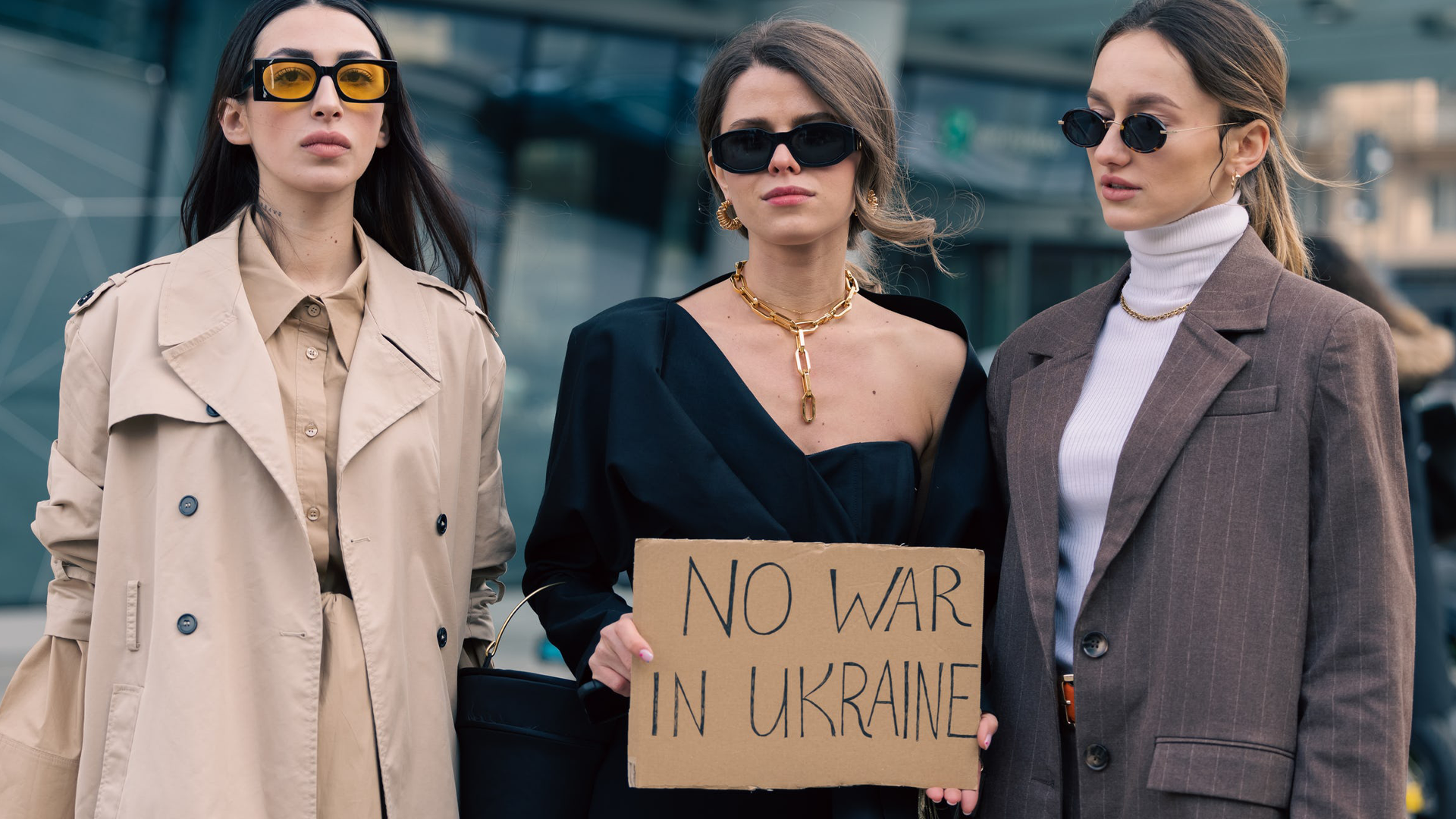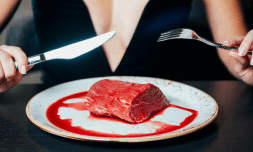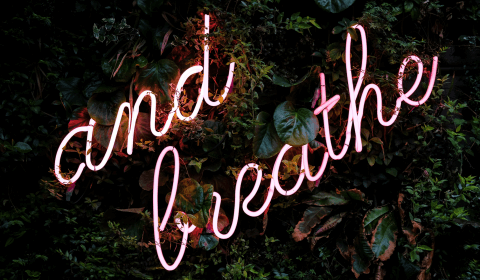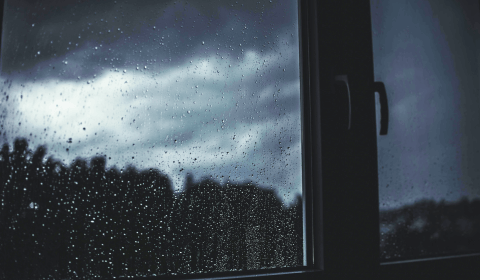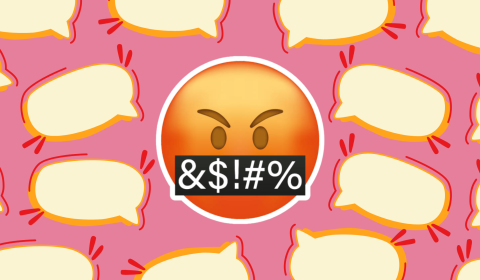Responses from big fashion labels like Nike and YNAP highlight the strange co-existence of fashion and war in the modern age of digital media.
Many would say the contents of our social media timelines has become the reflection par excellence of the global situation.
If this is true, then the past week has been a particularly dumbfounding composition; fashion week runways sliced between European war updates, detailed commentary on the state of luxury retailers, and political commentary about the state of Ukraine’s borders.
This co-existence of community-ending violence and the vapidness of popular culture was deftly summed up by makeup artist @namvo: ‘I am washing my face before bed while a country is on fire. It feels dumb to wash my face and dumb not to. It has never been this way and it has always been this way.’
Outpourings of support for Ukraine have emerged in the form of donated goods, housing, and fundraising from across the globe.
But while millions of us still struggle to comprehend the reality of yet another war (for Europeans, another war on their doorstep), the annual goings-on of fashion week have served as both an anchor and a distraction.
Fashion companies and industry professionals have faced backlash for the continuation of these high-profile, exclusive events on Europe’s streets. These are spaces dripping in elitism, wealth, and power – all things that, in times of war especially, leave a bitter taste in one’s mouth.
In response to criticism, those in the fashion world are crafting their own responses to Russia’s invasion of Ukraine. Nike and YNAP (Yoox Net-a-Porter Group) were the first big names to halt shipping to Russian customers.
On Nike’s Russian-language website, the activewear company stated it ‘cannot guarantee the delivery of goods to customers in Russia’.
A few days ago, high-street giant H&M also halted deliveries to Russian customers. The company had already announced that it was closing its stores in Ukraine for the safety of shoppers and employees.
These administrative decisions come after Vogue Ukraine posted a call to the fashion industry, asking them place embargoes on exporting their goods to Russia.
‘In the wake of unprecedented military aggression from the Russian Federation and the growing humanitarian crisis in Ukraine, Vogue UA urges all international fashion and luxury conglomerates and companies to cease any collaborations on the aggressor’s market effective immediately’.
But these measures are not reflected by fashion brand responses on the ground. For the most part, the frills and flounce of fashion week are continuing, unruffled.
Our Instagram feeds remain peppered with polished models and runway struts. Perhaps this morsel of normality is a welcome reminder that the world is still turning. That even in times of great uncertainty, the markers we use to celebrate the passing of a year are still possible.
The streets outside fashions biggest shows have told a different story, however. Poly Kyrychenko, a Ukrainian fashion blogger, was photographed holding a cardboard sign saying ‘No War in Ukraine’, outside Max Mara’s show in Milan on Thursday.
She recalls the horror of waking up that morning to discover her native home was being invaded by Russian troops.









